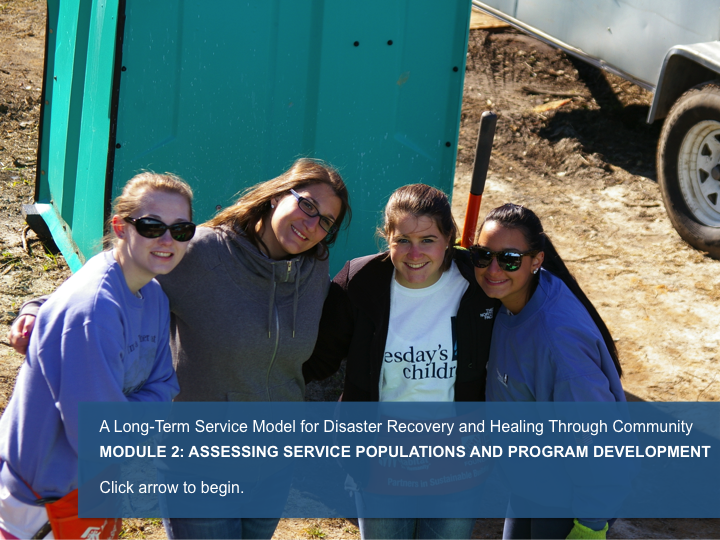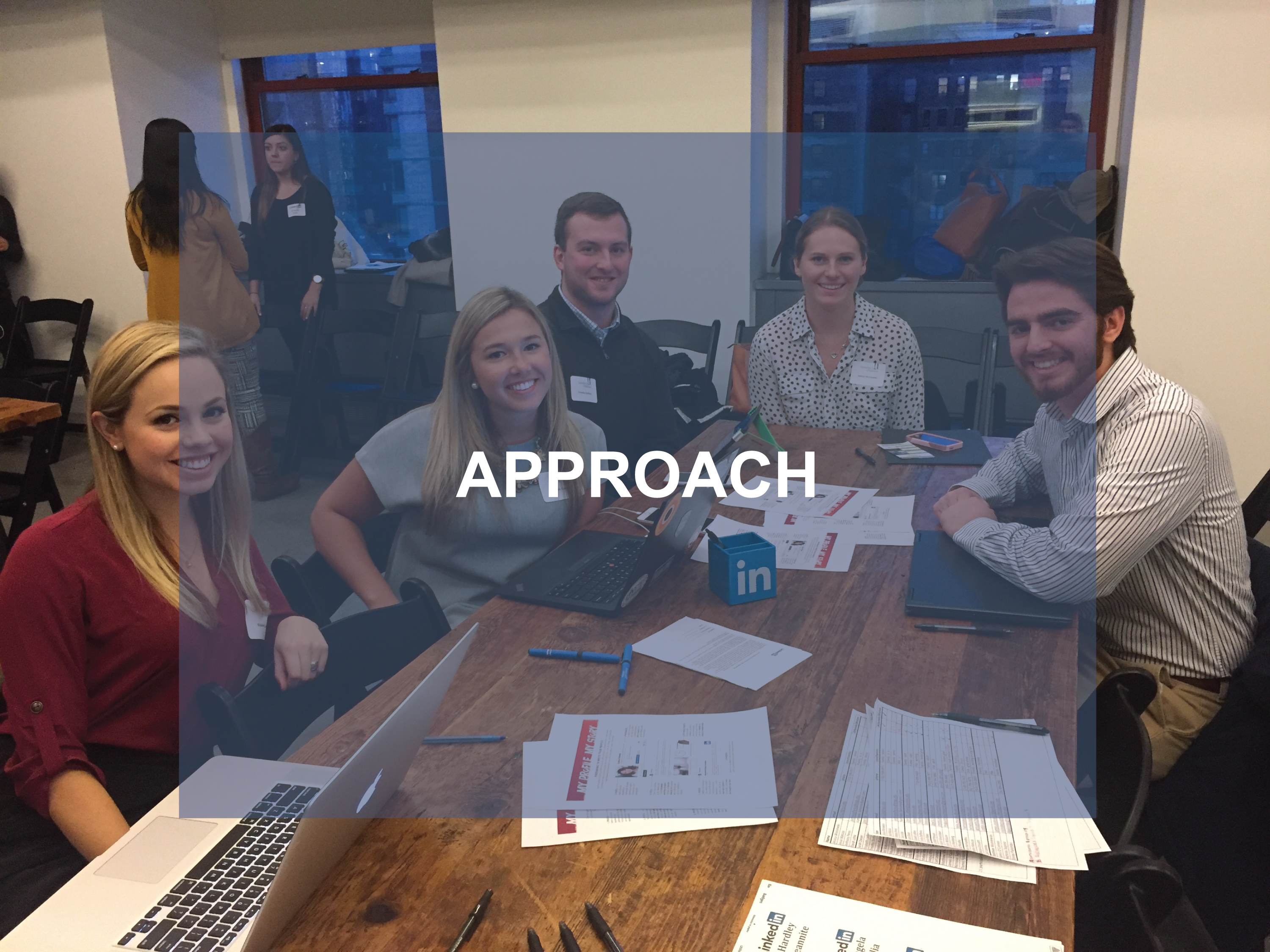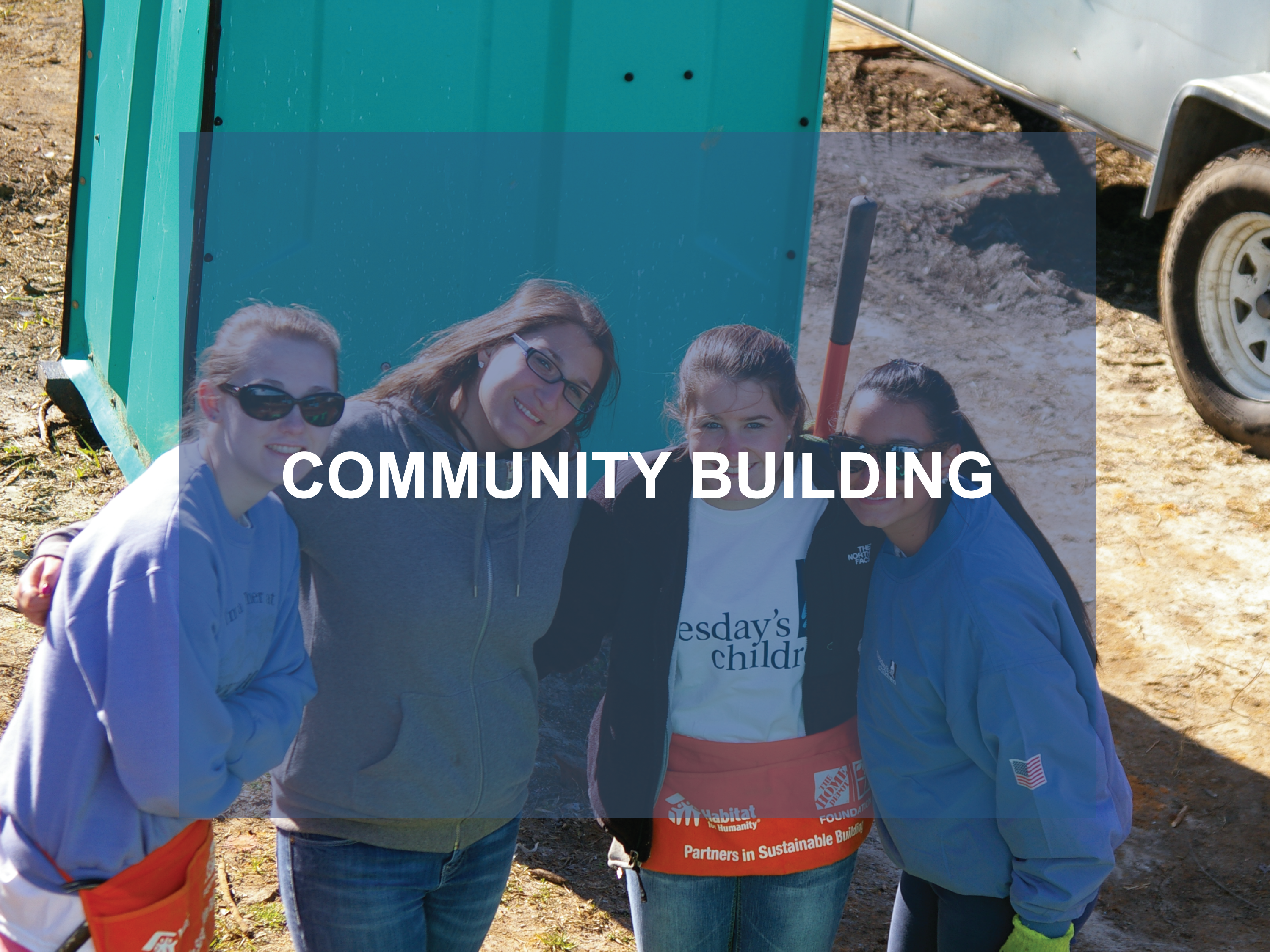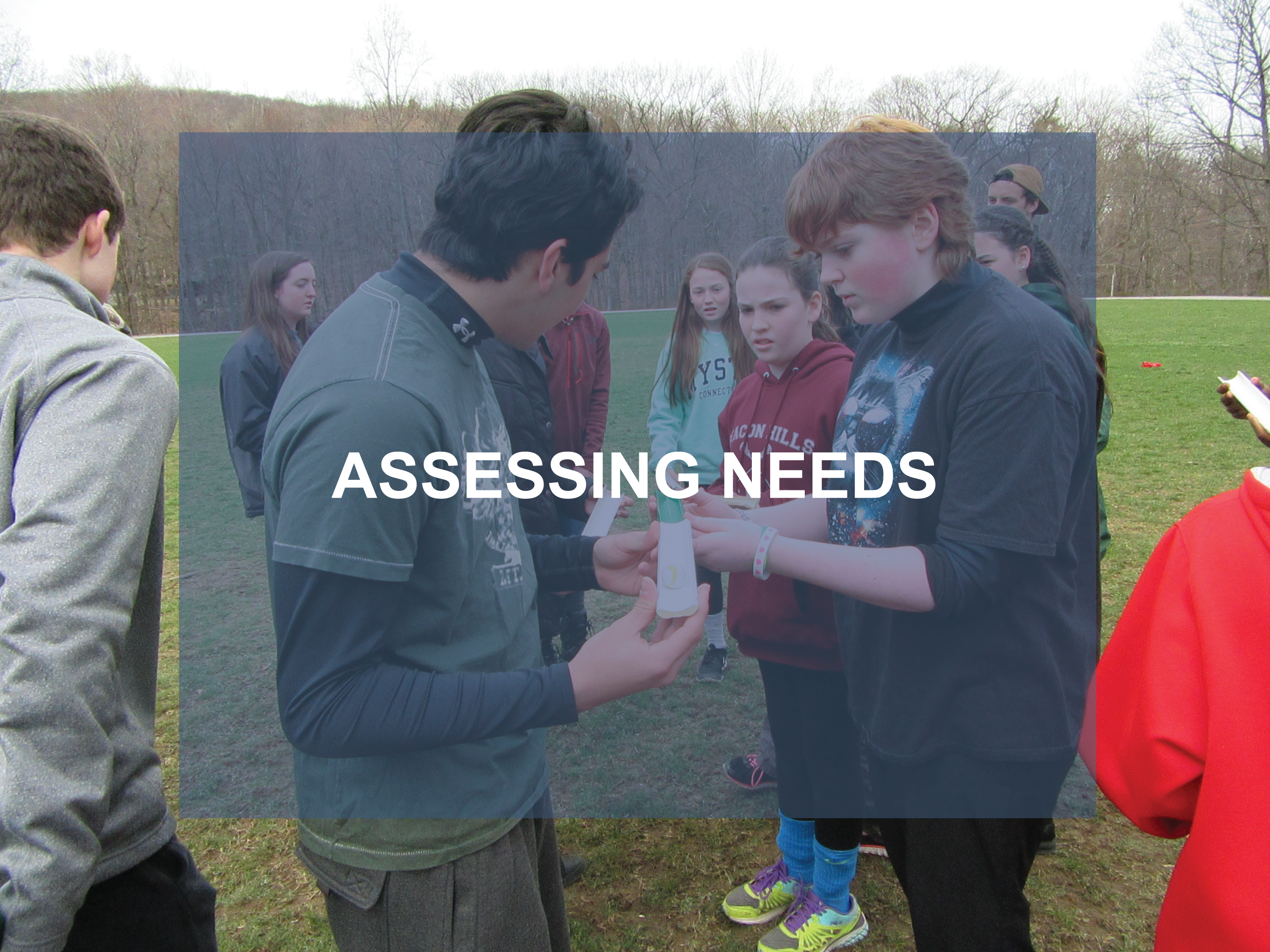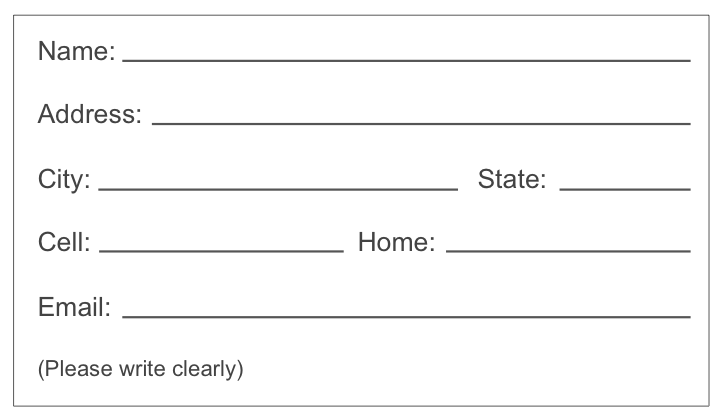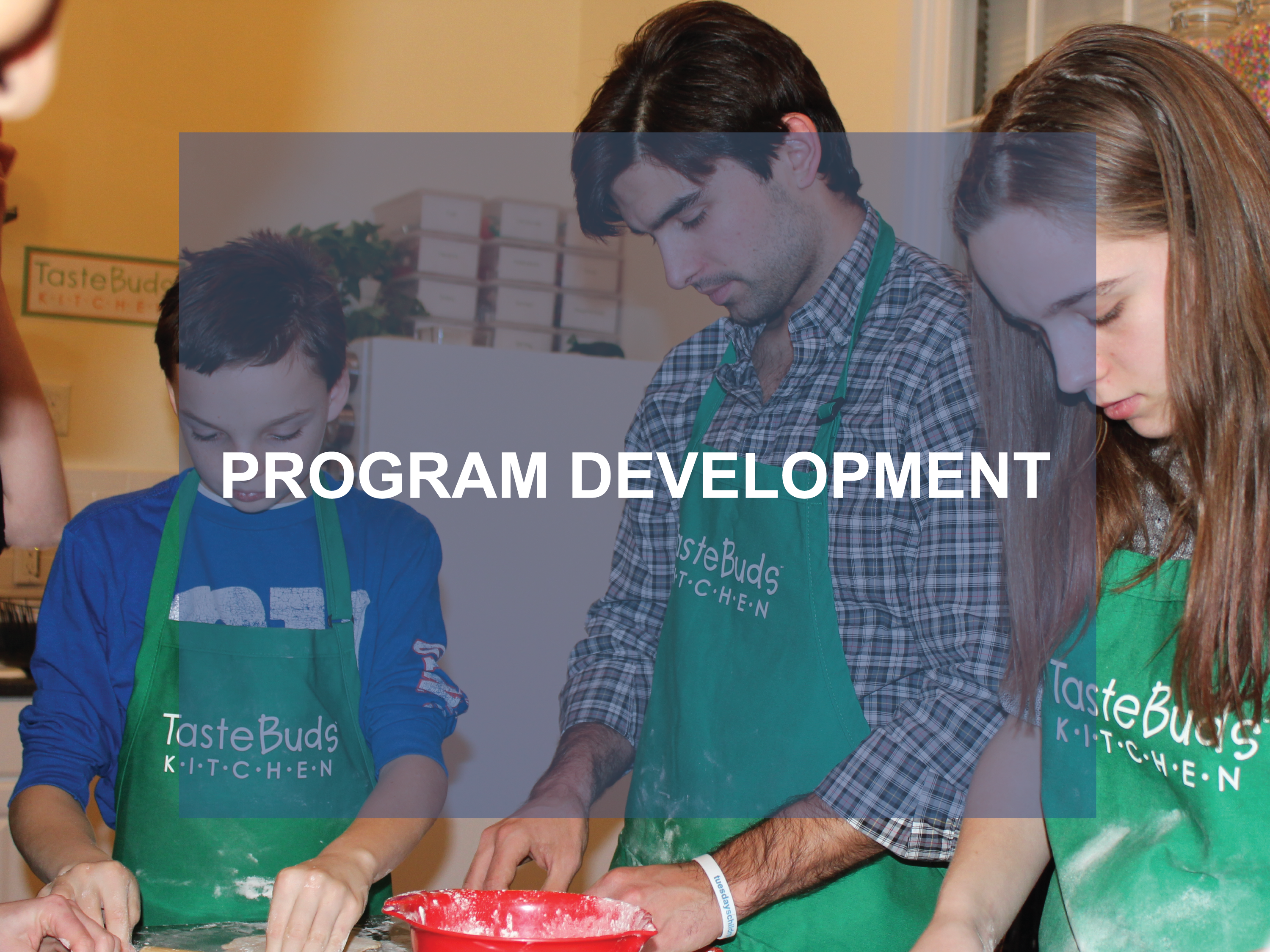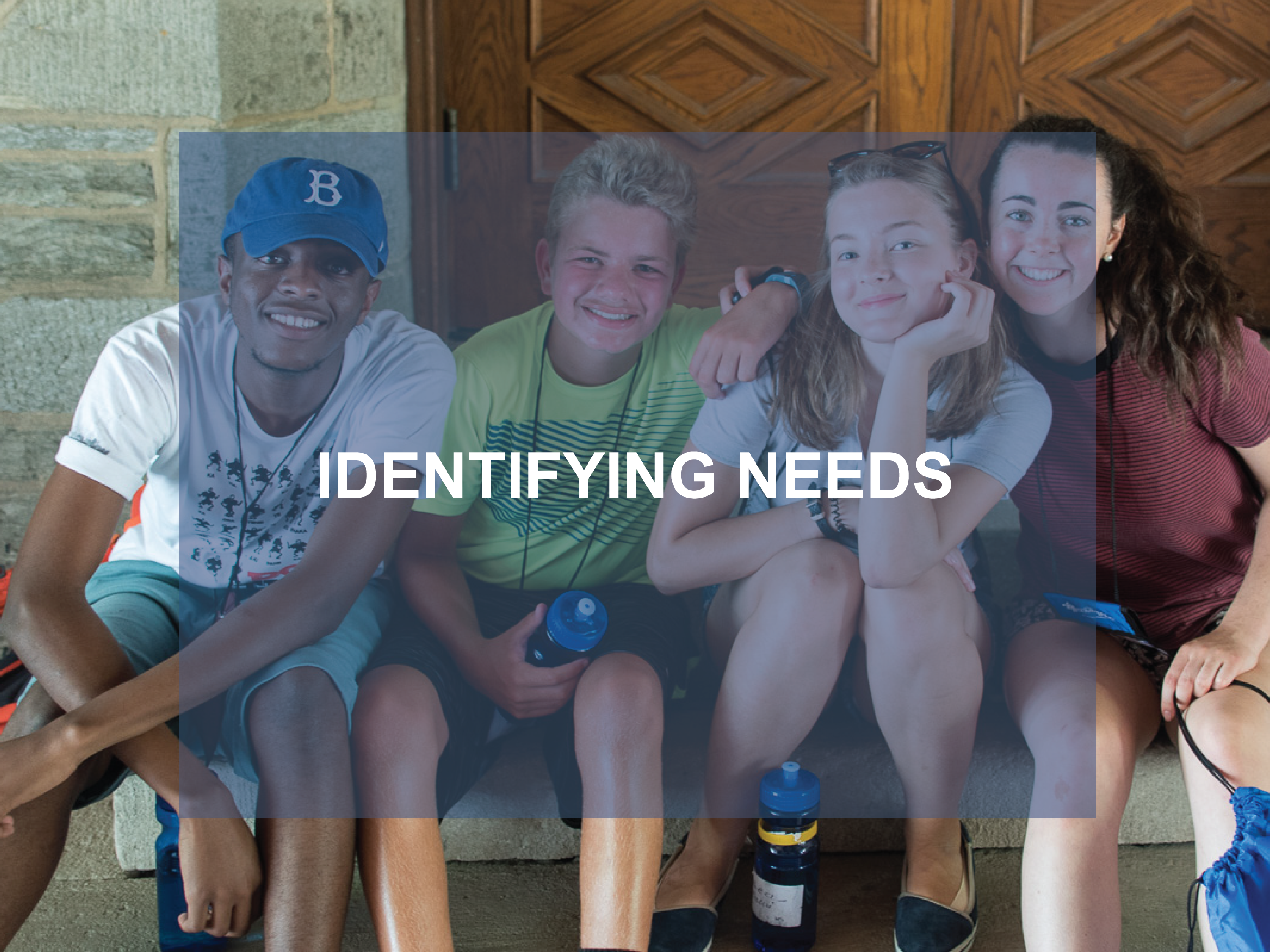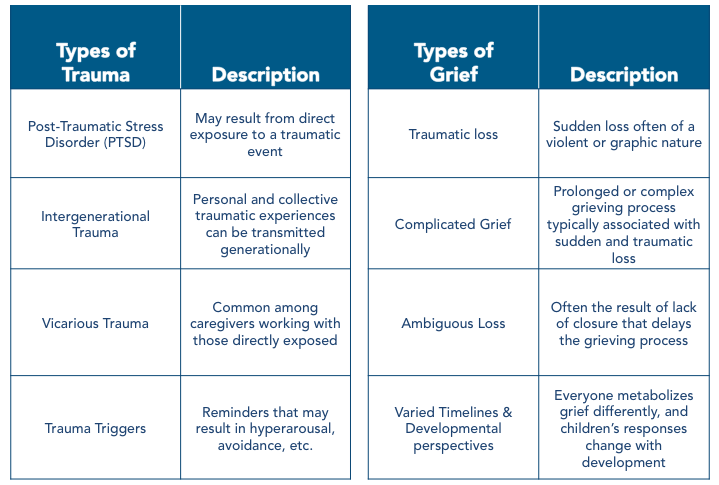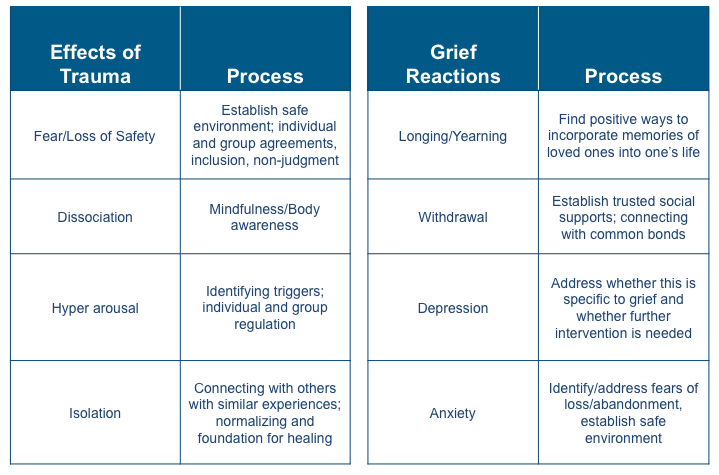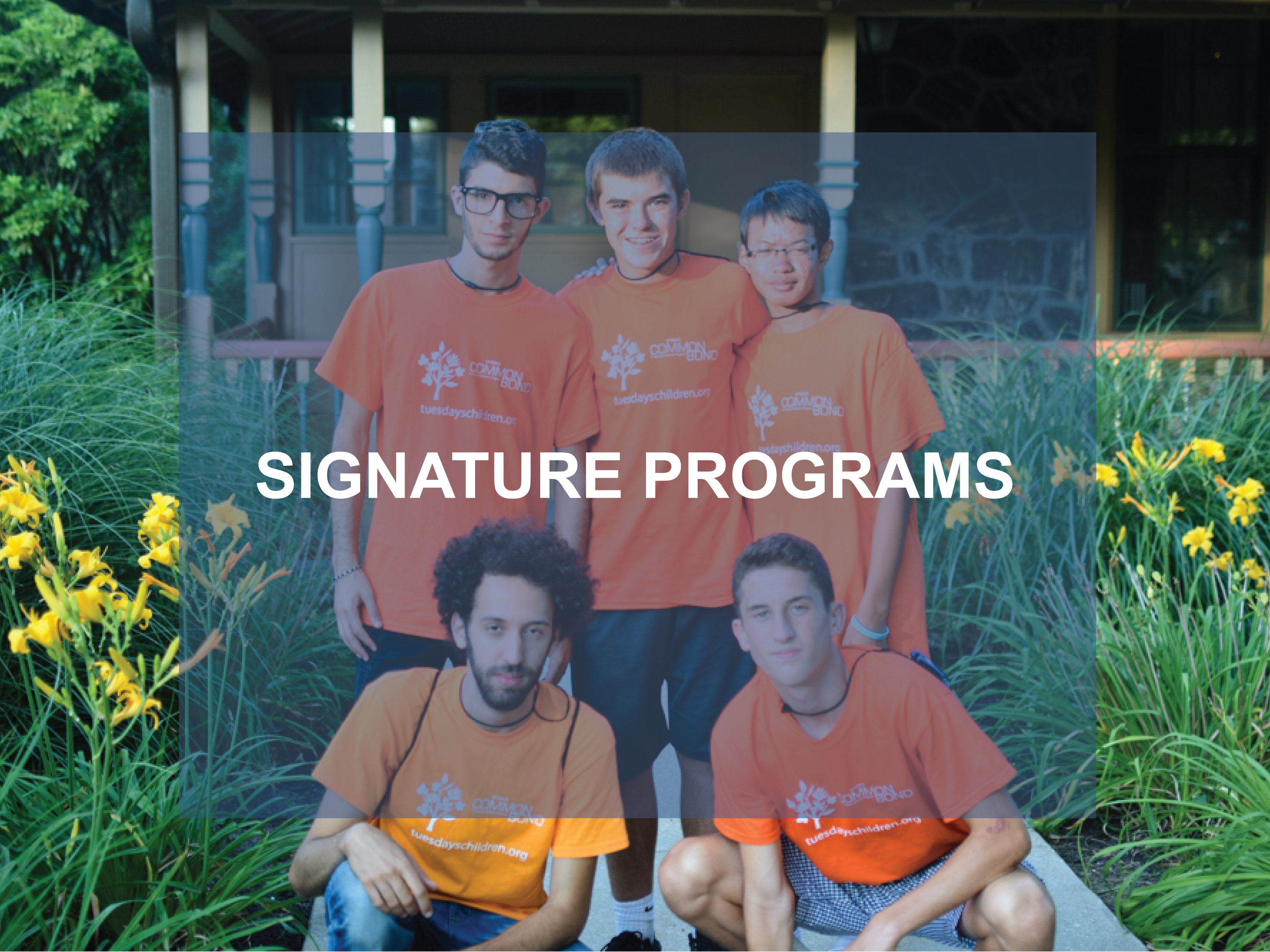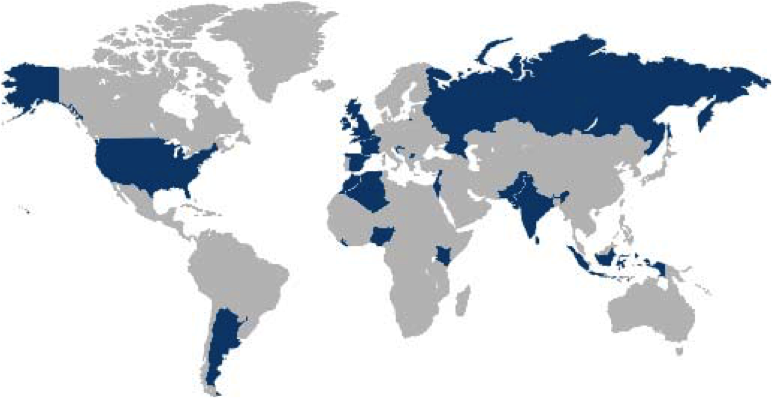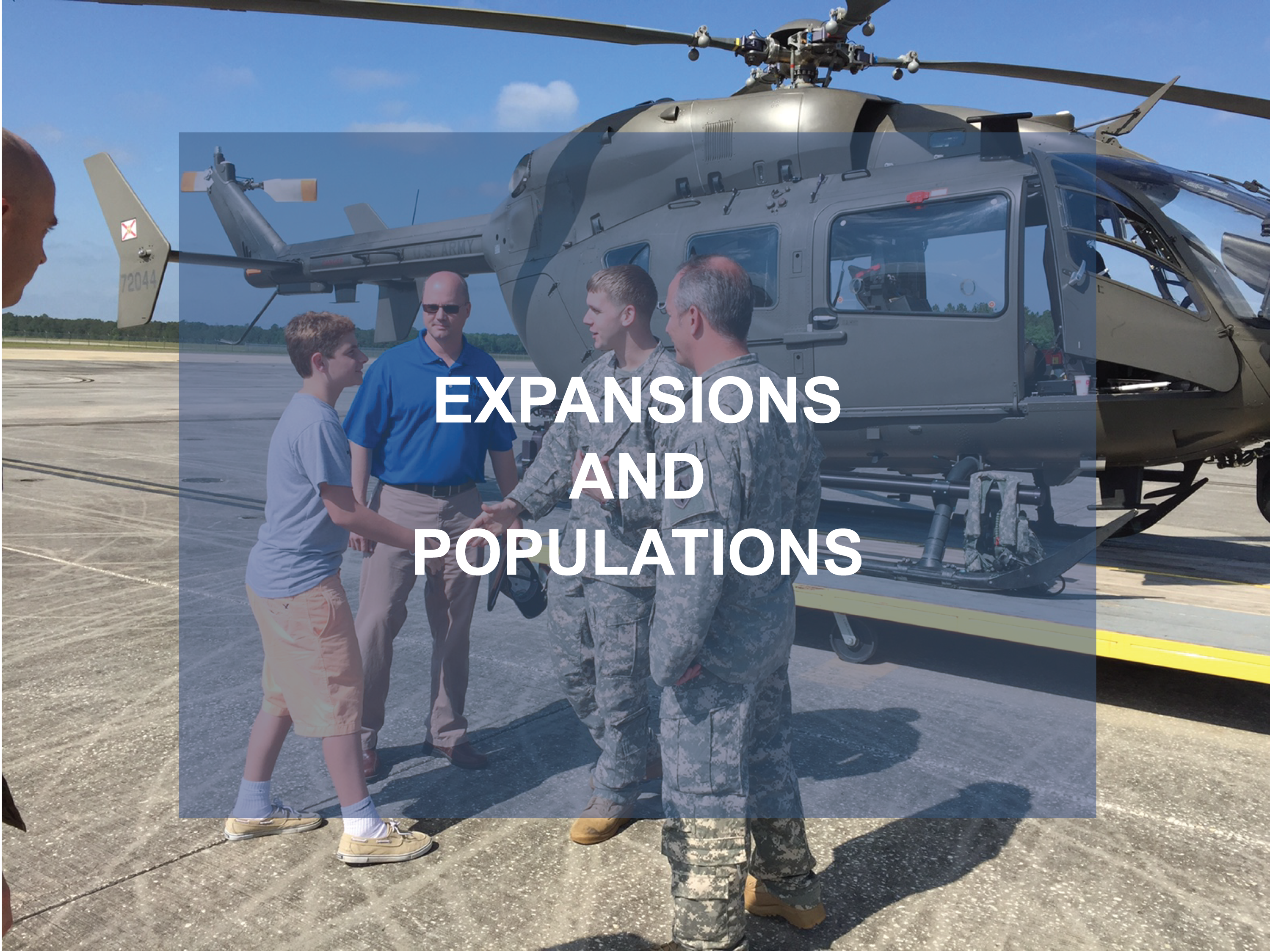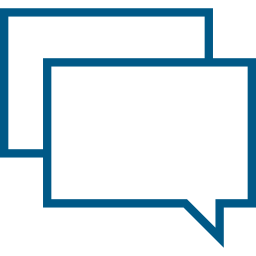TUESDAY'S CHILDREN'S EXPERIENCE
Through our initial programs — fun, family-focused events — Tuesday's Children was able to create trust, register individuals, identify the early needs of the families we were working with and create targeted programming. Early programs included wellness programs, skill development workshops, parenting workshops and bereavement support.
The need to build trust through engagement events is imperative. Those impacted by tragedies often do not seek out mental health services in the immediate aftermath of a tragedy due to the fact they are immersed in what Jacob D. Lindy, MD, calls the "trauma membrane" — a protective, normal response to a traumatic event.
While some agencies may need to have a clinician on staff to immediately provide crisis counseling and mental health services, Tuesday’s Children was fortunate to have a network of providers through the Mental Health Association, the American Red Cross, NYU Child Study Center, Good Grief and other partners, and benefits were available to family members immediately impacted. In later years, when these mental health services were unavailable, we moved counseling in-house.
Notably, 9/11 happened in New York City, where it is almost a stereotype that everyone has a therapist. It is a global center for therapists and mental health supports. Other communities that can benefit from the Model might not have access to such comprehensive mental health resources (e.g., rural and less densely populated areas, or cultures that may not rate mental health counseling as a needed support). Where external mental health resources are unavailable, we recommend having a mental health clinician on staff for immediate support.
